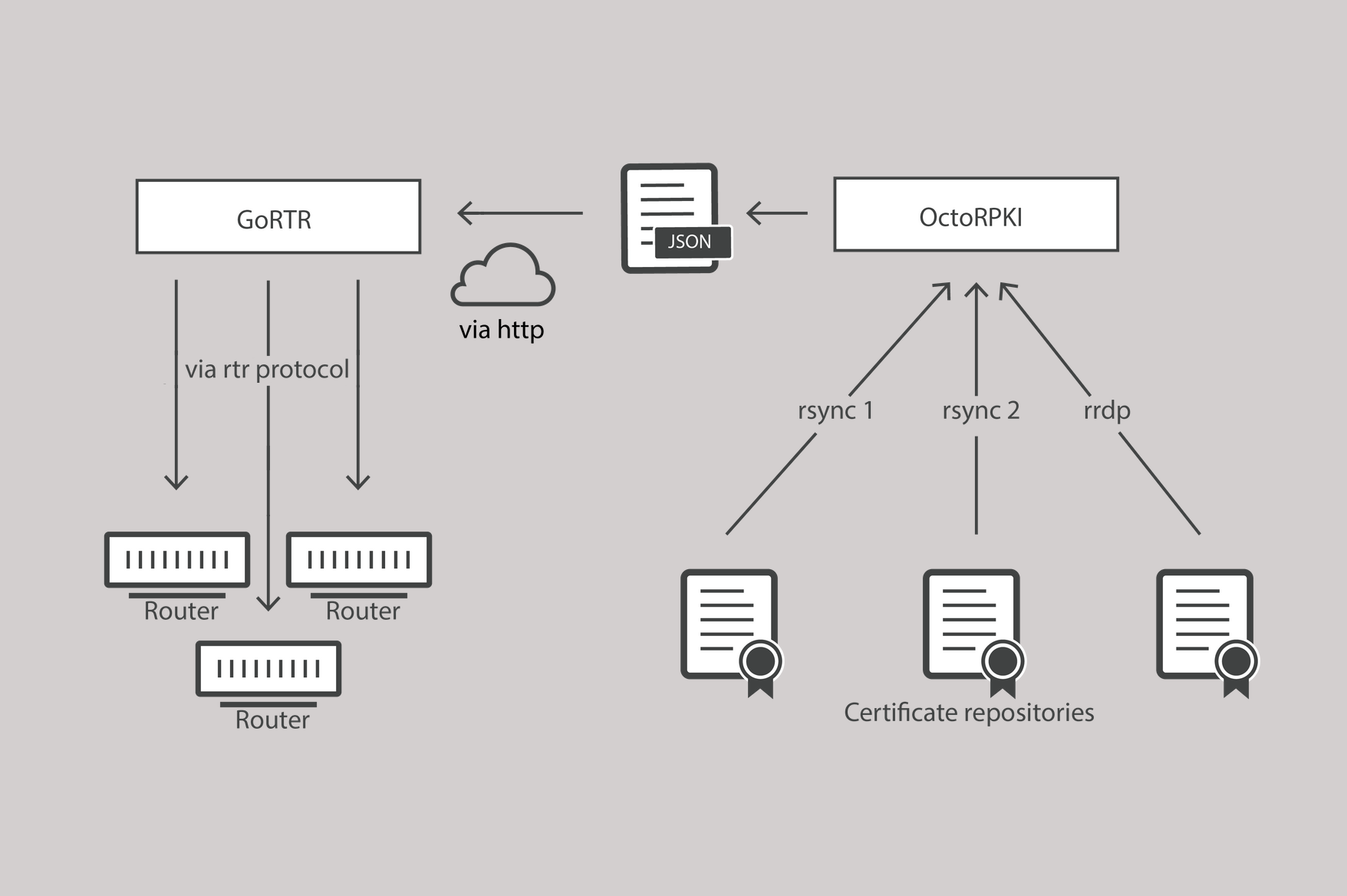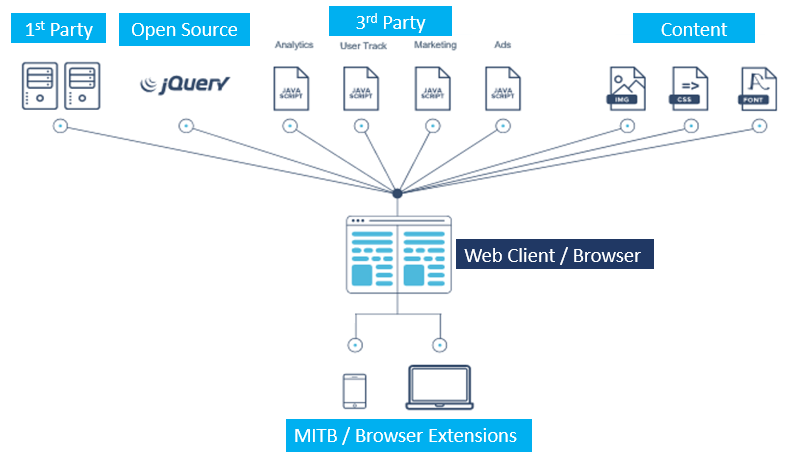Daily Roundup: Coronavirus Cancels More Tech Events
Coronavirus canceled more tech events; Equinix paid $335 million for Packet; and Rakuten Mobile...
Coronavirus canceled more tech events; Equinix paid $335 million for Packet; and Rakuten Mobile...
Security professionals tend to be at least a moderately paranoid bunch, and adding a real virus to...
Xilinx claims its smartNIC will allow customers to offload 90% of Open vSwitch processing from the...
At this point in the history of information technology, there is no way to introduce a new processor that does not appeal to the hyperscalers and cloud builders. …
Ampere Aims For The Clouds With Altra Arm Server Chip was written by Timothy Prickett Morgan at The Next Platform.
The open RAN framework is 40% cheaper than traditional telecommunication infrastructure, according...
The company is moving the event to an all-digital experience, and there will not be any keynotes or...

Nokia Software CTO Ron Haberman likened the potential business models for mobile edge computing to...
"We found out with the acquisitions of Interoute and Hibernia that the development of...
The low-code vendor is Apple's only direct software play in the B2B space.

Today’s Internet requires stronger protection within its core routing system and as we have already said: it's high time to stop BGP route leaks and hijacks by deploying operationally-excellent RPKI!
Luckily, over the last year plus a lot of good work has happened in this arena. If you’ve been following the growth of RPKI’s validation data, then you’ll know that more and more networks are signing their routes and creating ROA’s or Route Origin Authorizations. These are cryptographically-signed assertions of the validity of an announced IP block and contribute to the further securing of the global routing table that makes for a safer Internet.
The protocol that we have not written much about is RTR. The Resource Public Key Infrastructure (RPKI) to Router Protocol - or RTR Protocol for short. Today we’re fixing that.
We have written a few times about RPKI (here and here). We have written about how Cloudflare both signs its announced routes and filters its routing inbound from other networks (both transits and peers) using RPKI data. We also added our efforts in the open-source software space with the release of the Cloudflare RPKI Toolkit.
The primary part of the RPKI (Resource Continue reading

Modern web architecture relies heavily on JavaScript and enabling third-party code to make client-side network requests. These innovations are built on client-heavy frameworks such as Angular, Ember, React, and Backbone that leverage the processing power of the browser to enable the execution of code directly on the client interface/web browser. These third-party integrations provide richness (chat tools, images, fonts) or extract analytics (Google Analytics). Today, up to 70% of the code executing and rendering on your customer’s browser comes from these integrations. All of these software integrations provide avenues for potential vulnerabilities.

Unfortunately, these unmanaged, unmonitored integrations operate without security consideration, providing an expansive attack surface that attackers have routinely exploited to compromise websites. Today, only 2% of the Alexa 1000 global websites were found to deploy client-side security measures to protect websites and web applications against attacks such as Magecart, XSS, credit card skimming, session redirects and website defacement.
In this post, we focus on how Cloudflare Workers can be used to improve security and ensure the high performance of web applications. Tala has joined Cloudflare’s marketplace to further our common goals of ensuring website security, preserving data privacy and Continue reading
As a response to my Live vMotion into VMware-on-AWS Cloud blog post Nico Vilbert pointed me to his blog post explaining the details of cross-Atlantic vMotion into AWS.
Today I will not go into yet another rant pointing out all the things that can go wrong, but focus on a minor detail: “no ping was dropped in the process.”
The vMotion is instantaneous and lossless myth has been propagated since the early days of vMotion when sysadmins proudly demonstrated what seemed to be pure magic to amazed audiences… including the now-traditional terminal window running ping and not losing a single packet.
As a response to my Live vMotion into VMware-on-AWS Cloud blog post Nico Vilbert pointed me to his blog post explaining the details of cross-Atlantic vMotion into AWS.
Today I will not go into yet another rant pointing out all the things that can go wrong, but focus on a minor detail: “no ping was dropped in the process.”
The vMotion is instantaneous and lossless myth has been propagated since the early days of vMotion when sysadmins proudly demonstrated what seemed to be pure magic to amazed audiences… including the now-traditional terminal window running ping and not losing a single packet.
Read more ...As COVID-19 (Corona) has spread around the world, and while we can argue how serious that is, a lot of tech conferences have been cancelled, and rightfully so. Safety always comes first.
People have suggested that virtual conferences could be a replacement, but as I’ll explain in this blog, they can never really replace a standard conference, rather just be a complement.
First, let me just clear a couple of things:
The first challenge is that we are all in different time zones. When I go to Cisco Live in the US, I adjust to the US time. If I’m staying here in Sweden, I’m not going to stay up late to watch a stream coming from the US.
When you travel to a conference, you are away from work and family, you have dedicated that time to make the Continue reading

When it comes to Ethiopia’s future online, there are many reasons to feel optimistic.
The country has one of the fastest-growing economies in the region, is strategically placed, and has a population of over 105 million, 60% of whom are under the age of 30. All of these are assets to make it a regional digital giant.
But this won’t happen unless Ethiopia takes some strategic moves. Internet penetration is still very low compared to its peers in Africa. The rural areas are still largely unconnected to the Internet. Only cities enjoy 3G access and 4G is only available in the capital. In spite of successive price cuts by Ethio telecom in the last year, the Internet is not affordable for the majority of Ethiopians.
It’s not that the government has not wanted to connect the rural areas. In fact, the rationale that the Ethiopian government had to keep the monopoly was to use the money generated from cities to invest in the rural areas. However, this strategy has clearly not worked since Ethiopia’s rural areas are not better connected than those in countries that have not had a government monopoly on the sector, such as Kenya.
It is Continue reading
Nokia CEO walked the plank; VMware's winning streak came to a screeching halt; and Marvell injected...
Supply Chain Impacts, HPC Investments, Event Disruptions
It is difficult to ignore the mounting impacts of supply chain disruption worldwide with the coronavirus crisis. …
Next Platform Radio: 3/2/20 Edition was written by Nicole Hemsoth at The Next Platform.

We are excited about the momentum behind Ethiopia.
It is a rare moment in any country’s history to undergo such a positive transformation. It’s a time of immense optimism and investment potential. It’s not a surprise as the country also has one of the fastest-growing economies in the region, is strategically placed, and has a young population of over 105 million – half of whom are under the age of 18.
While we’ve been active in the Internet world for many years, the time to start a Chapter in Ethiopia is absolutely now. With that, let me share our “why” and introduce ourselves.
We are the Internet Society Ethiopia Chapter.
The idea of starting an Internet Society Chapter came to us during a workshop in the city of Bahir Dar, where we became conscious of the fact that more than 85% of the Ethiopia population is losing countless opportunities every day because they don’t have access to the Internet. We believe the Internet is for everyone and we are here to work with all people – from communities to businesses to governments and ordinary people to connect the unconnected and create a bigger and stronger Internet in Ethiopia. What drives Continue reading
Joint customers will be able utilize Birst's integrated end-to-end platform for building automated...